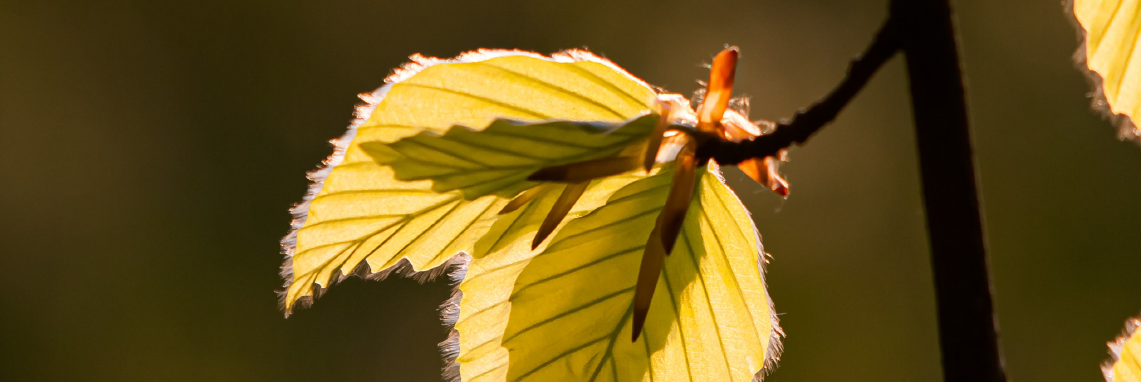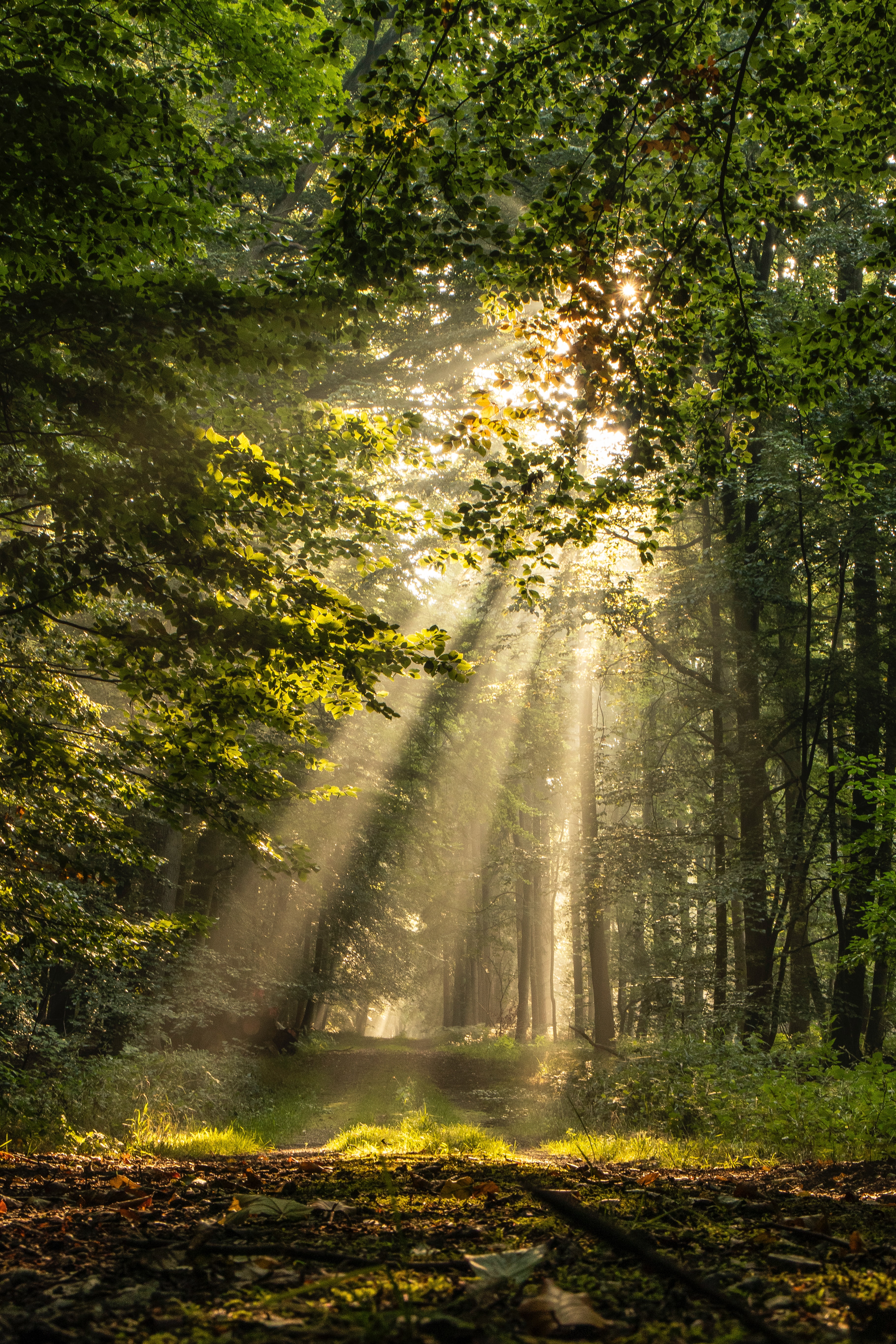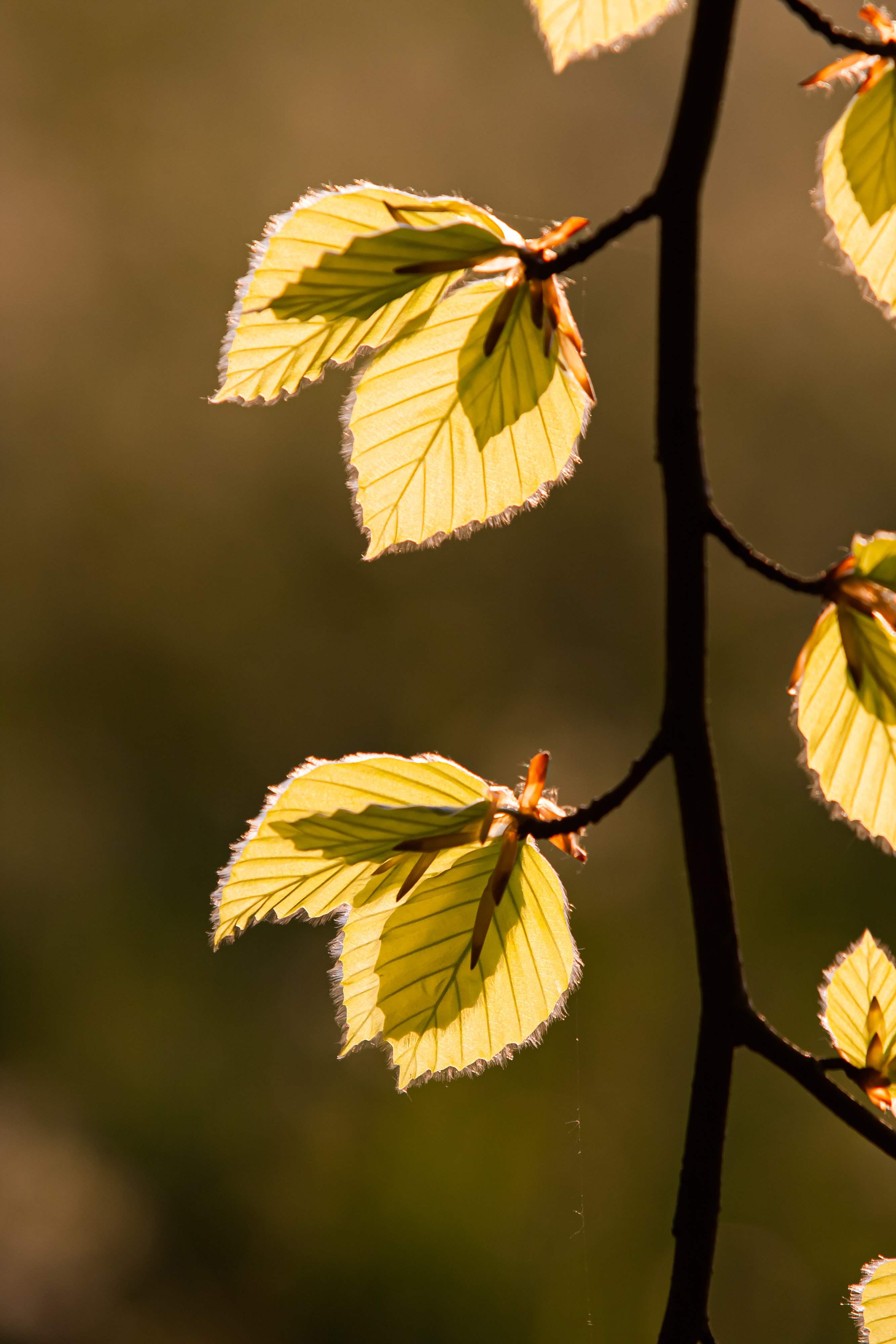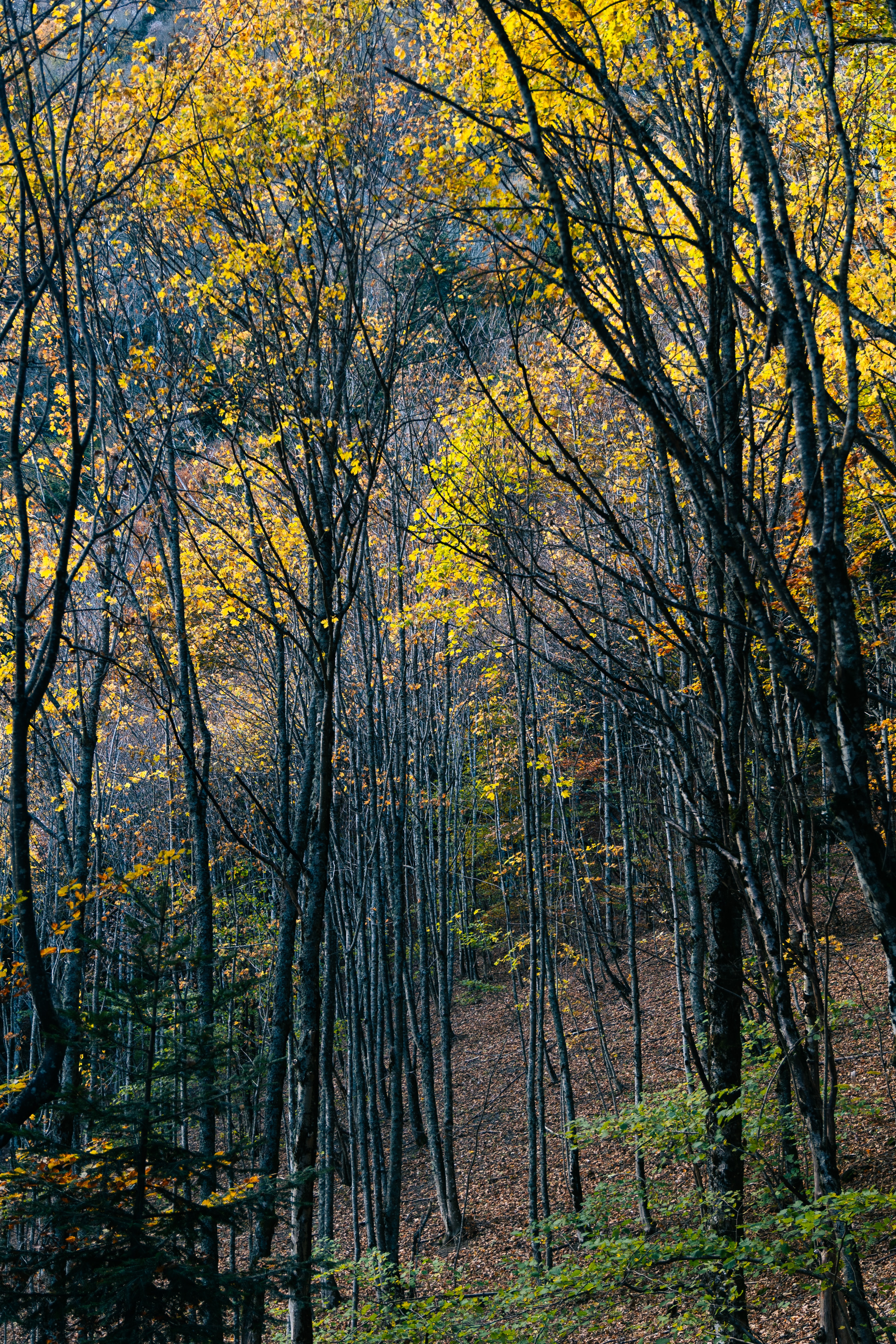The Silence of Beechwoods in Winter

By Jose Luis Gallego, environmental communicator (@ecogallego)
With their leafless elongated branches and straight smooth trunks, beech trees, especially young ones, comprise one of the most elegant and characteristic winter woodlands of the European continent.
When it comes to the Iberian Peninsula, the dense beechwoods of the north harbour some of the oldest nature-inspired myths. Deep within the beech woodland that covers the mountains of Cantabria, so goes the legend, xanas, trasgus, and fades make their home among a great cast of mythical creatures related to the gnomes, trolls, and elves of Scandinavian mythology.
Not only are beechwoods the most representative woodland of the northern peninsula, but they are also full of secrets, an enchanted forest, especially now, when snow and ice cover the carpet of dry leaves around the trees, transforming the woods into a realm of silence.

Start the day at the beechwoods.
But the beech woodlands that extend from the Pyrenees to the mountains of Cantabria and the Iberian and central ranges are home to more than mythological allegories – here we find some of the most representative, and most endangered, species of our flora and fauna.
At this time, the beechwoods of the northern peninsula are the last bastion of species as rare as the Cantabrian wood grouse, of which barely 300 individuals remain, facing almost certain extinction as they seek refuge in the depths of the forest alongside the brown bear, Iberian wolf, and black woodpecker. The deep lugubrious call of the latter is one of the few sounds to break the impenetrable silence of the beechwoods in winter.
The names of our main beech forests ring in the memory of nature lovers like those of sacred places, full of attractions that make for a spectacular day in the woods. Ordesa, Riaño, La Fageda d’en Jordà, or Tejera Negra. And those of Montseny, Somiedo, or Saja-Besaya. The stunning beechwoods of Montejo de la Sierra, Aizkorri-Araz, Artiga de Lin, or Lindes. And of course, the most famous and iconic of all Iberian beechwoods: La Selva de Irati, one of the largest and best conserved in all of Europe.
As for the biology of the species itself, the beech is a deciduous tree in the Fagaceae family, which botanists classify under the scientific name Fagus sylvatica. A tall tree with a solid build, the beech has a domed, densely canopied crown, a broad straight trunk covered in smooth, silvery grey bark with rough etchings, and horizontally growing branches.

Beech leaves on a branch
The alternating leaves are oval with a wavy unbroken edge. They have between 8 and 10 pairs of nervures and are somewhat hairy. In spring, the foliage is an intense shade of green, whereas in autumn the leaves turn yellow, taking on an especially vivid hue in October. Before falling in November, the leaves turn orange and eventually cover the forest floor in a toasty brown carpet of dry leaves.
The flowers bud along with the leaves in late April. Both male and female flowers grow on the same tree. Male flowers resemble furry spheres at the end of long stalks, gathered into numerous, dangling, yellowish-coloured clusters. Female flowers are far fewer in number, shorter and rigid.
The fruit, known as beech nuts or beechmast, ripen in mid-October. They are shiny, brown, triangular in shape, and grow in spiny shells, each containing one to three nuts, which eventually break open to release the fruit. The nuts are edible, but we should eat them sparingly, because fagin (one of the substances in the nuts) can cause headaches and stomach pain when consumed in large quantities.
Widely distributed throughout central and northern Europe, and comprising significant woodlands in the centre and north of the Iberian Peninsula, beeches can live for several centuries and grow to majestic sizes, which is why there are several exemplars that have been classified as monumental trees, both in Spain and across Europe.
For all of these attributes, beechwoods are among the favourite forests of nature lovers, both because of their striking singular beauty throughout the seasons and the rich and varied biodiversity found here, with several species for whom this is their preferred, if not exclusive, habitat.

Regardless of the season, it is always a good time to take a walk in a beech woodland. In spring and summer, the beeches’ dense canopy offers cool shade; in autumn, their majestic crowns dazzle the eye with their palette of intense reds and golden yellows before shedding their leaves. But I wanted to highlight the beauty of beechwoods in winter, when the frozen silence envelops them in an air of mystery.
